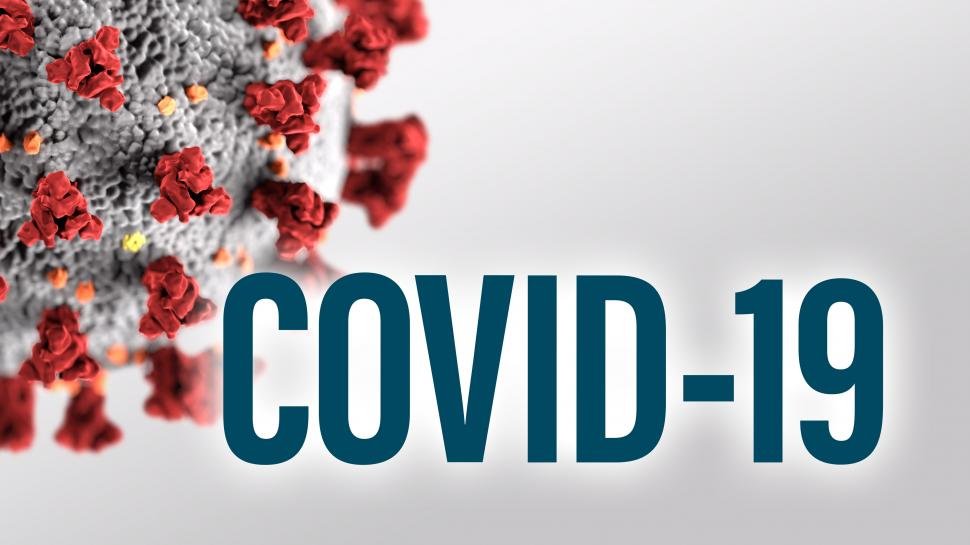What is a coronavirus and what is COVID-19?
Coronaviruses are a large family of viruses known to cause respiratory infections. These can range from the common cold to more serious diseases such as Severe Acute Respiratory Syndrome (SARS).
Novel Coronavirus (COVID-19) is a new respiratory virus first detected in December 2019 in Wuhan, China. The majority of COVID-19 cases result in mild symptoms such as fever, cough and shortness of breath. However, it can lead to death, particularly in people who are older or who have suppressed immune systems or pre-existing conditions such as hypertension, diabetes and cardiovascular disease.
COVID-19 has been rapidly spreading around the world since December 2019. The World Health Organization (WHO) has declared the outbreak a pandemic and Public Health Emergency of International Concern.
How is COVID-19 spread?
COVID-19 is most likely to spread from person-to-person through:
- direct close contact with a person while they are infectious or in the 24 hours before their symptoms appear;
- close contact with a person with a confirmed infection who coughs or sneezes; and/or
- touching objects or surfaces (such as door handles or tables) contaminated from a cough or sneeze from a person with confirmed infection, and then touching your mouth or face.
How can you help prevent the spread of COVID-19?
Practicing good hand and sneeze/cough hygiene and keeping your distance from others when you are sick is the best defense against most viruses. Specifically, you should:
- sanities or wash your hands before and after entering a home, preparing or eating food, going to the bathroom, touching your face or blowing your nose;
- cover your cough or sneeze with your elbow or a tissue, dispose of tissues immediately into a bin, and wash your hands;
- if you are unwell, stay at home and avoid contact with others; and
- exercise personal responsibility for social distancing measures by staying at least 1.5 meters away from people.
Preventing Infection
The most effective preventive measures in the community include:
- performing hand hygiene frequently with an alcohol-based hand rub or soap and water;
- avoiding touching your eyes, nose and mouth;
- practicing respiratory hygiene by coughing or sneezing into a bent elbow or tissue and then immediately disposing of the tissue;
- wearing a medical mask if you have respiratory symptoms and performing hand hygiene after disposing of the mask; and
- maintaining social distance (a minimum of 1.5 meters) from individuals with respiratory symptoms.
Recommended Personal Protective Equipment (PPE)
The following PPE should be used when providing support to a person infected (or suspected to be infected) with COVID-19:
- medical mask;
- gloves;
- boots or closed work shoes.
In addition to using the appropriate PPE, frequent hand hygiene should always be performed. PPE should be discarded in an appropriate waste container after use, and hand hygiene should be performed before putting on and after taking off PPE.
The person infected (or suspected to be infected) with COVID-19 should also wear a medical mask and follow respiratory and hand hygiene.
Do not interact with a person with a known case of COVID-19 without the correct PPE.
Staff supporting people with COVID-19 (or any other potentially serious infectious disease) should be trained in the correct use of the required PPE.
Easy Life Home Care continuity of support
Easy Life Home Care aims to reduce uncertainty and anxiety caused by the COVID-19 outbreak as much as is reasonably possible by communicating calmly, clearly and consistently with staff, clients and other stakeholders.
As part of communication, the CRT will keep a comprehensive update, so that there is consistent messaging with the information that is being provided to clients and staff. Where possible, a brief written summary will be provided to the so they are clear about what the message is.
All staff is expected to keep up-to-date with communications regarding its response to and planning for the COVID-19 pandemic. Responses provided to clients and other queries by staff should be consistent with the information distributed by the office.
Staff is encouraged to undertake the following training to better understand COVID‑19 as well as the measures they can take to help prevent and manage the outbreak. Evidence of completing this training should be provided to the office.
- COVID-19 infection control online training for health care workers (Australian Government Department of Health)
Staff are also expected to be familiar with policies and procedures regarding infection control, workplace health and safety, risk management and incident management
Communication
CRT meets daily to review this plan and associated risks in light of the rapidly changing circumstances associated with the COVID-19 pandemic.
Uncertainty and anxiety caused by COVID-19 can be allayed by communicating calmly, clearly and consistently with staff, clients and other stakeholders. Communications should assure to:
- the staff that the business is responding to the pandemic with their health and safety as a priority; and
- clients that the business is actively working to ensure their needs are prioritised safely.
Communication to both groups should be regular and clear, so staff and clients trust the business’ approach and that they are being kept up to date.
Additional staff will be appointed as needed to ensure information is communicated as efficiently as possible will be assisted by these staff as required.
Where possible, staff enquiries regarding response to and planning for the COVID-19 pandemic should be directed to the Director or office manager.
Any staff who are unwell MUST NOT come to work and should notify to office
immediately. All staff will be kept updated about staffing arrangements through regular COVID-19 communications, as detailed above.
Information resources
Coronavirus (COVID-19) advice for people with disability
NDIS and disaster response resources


